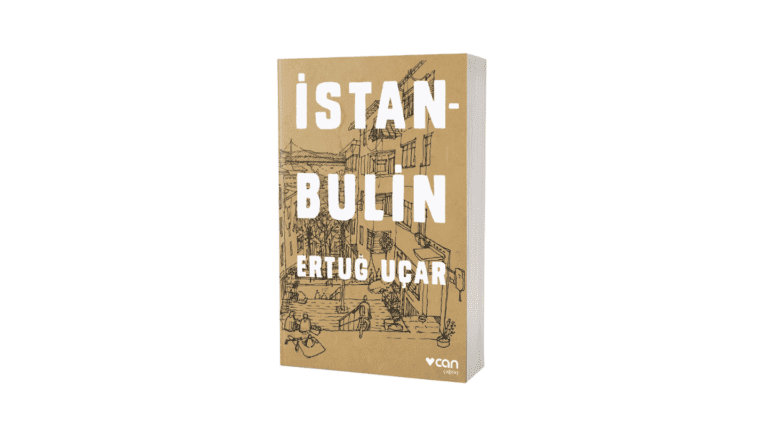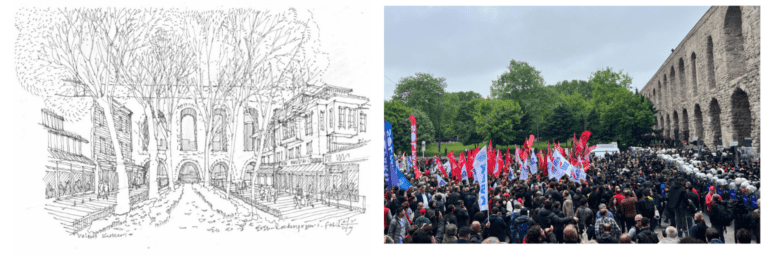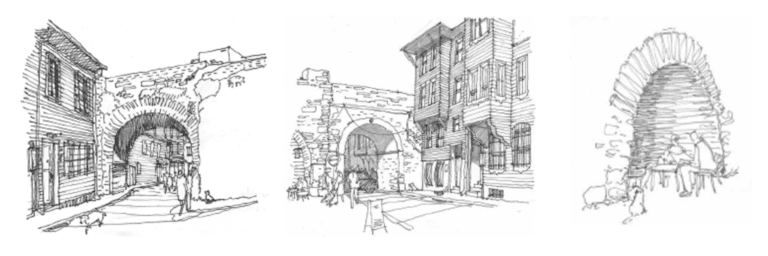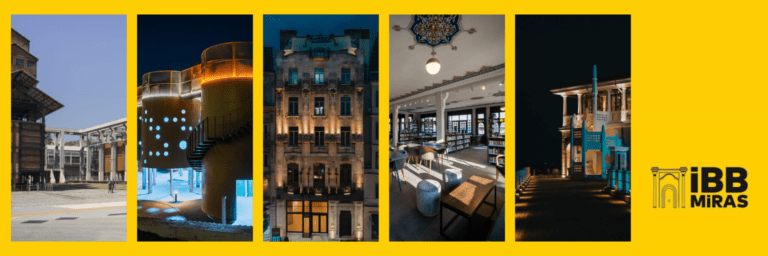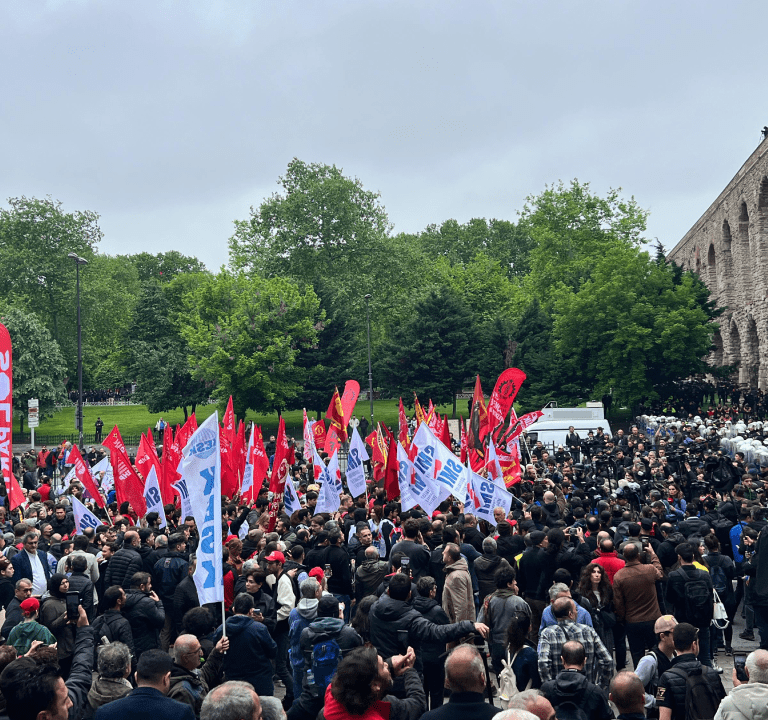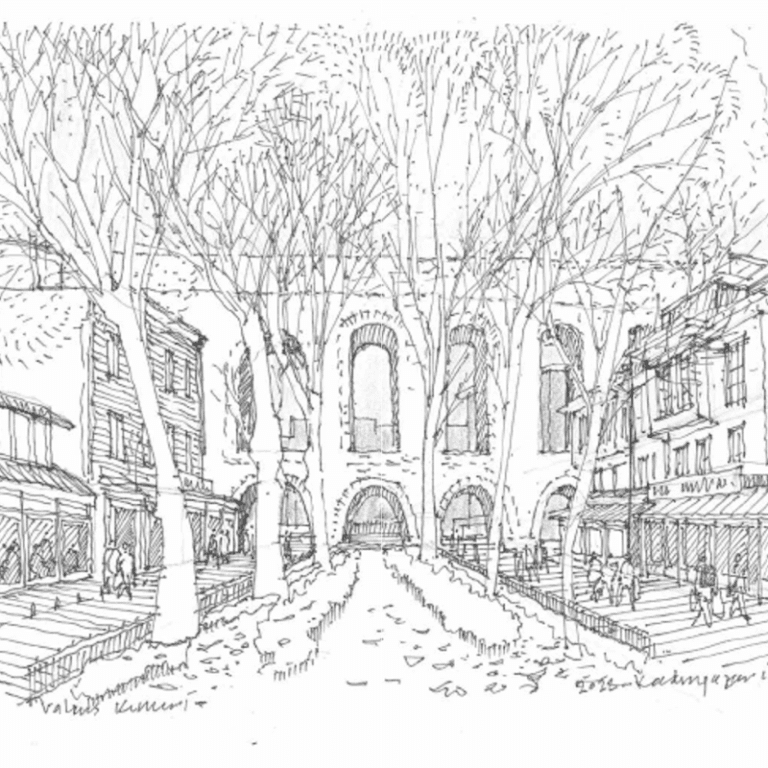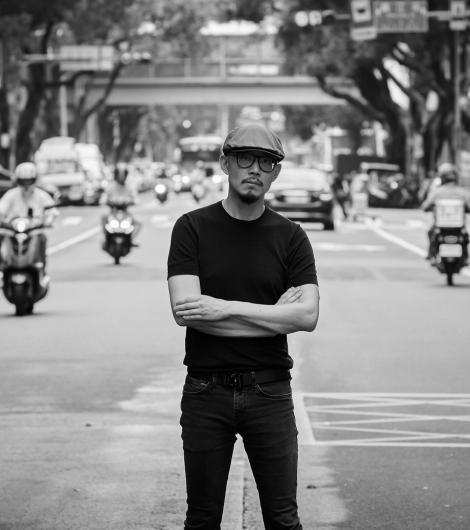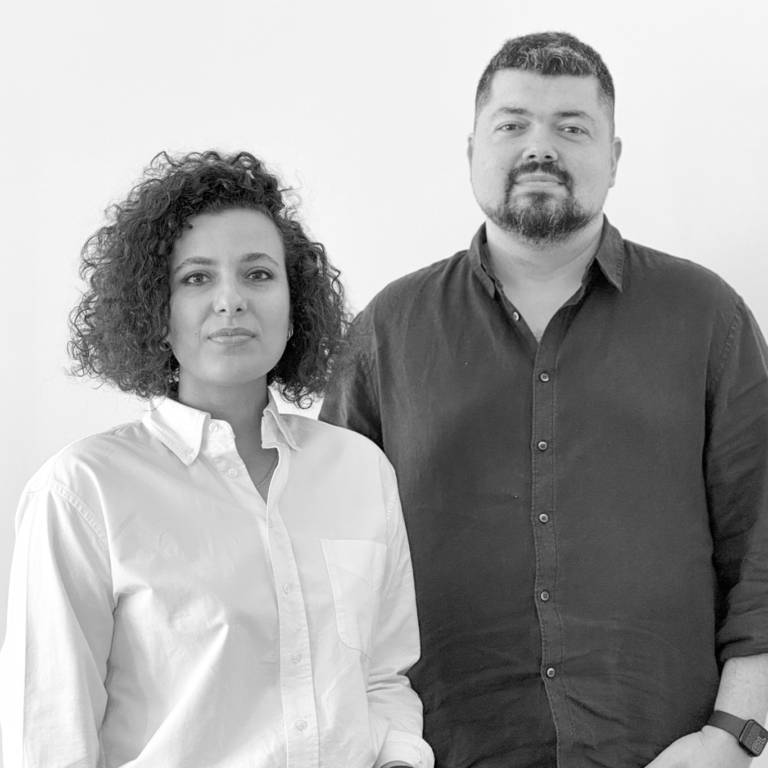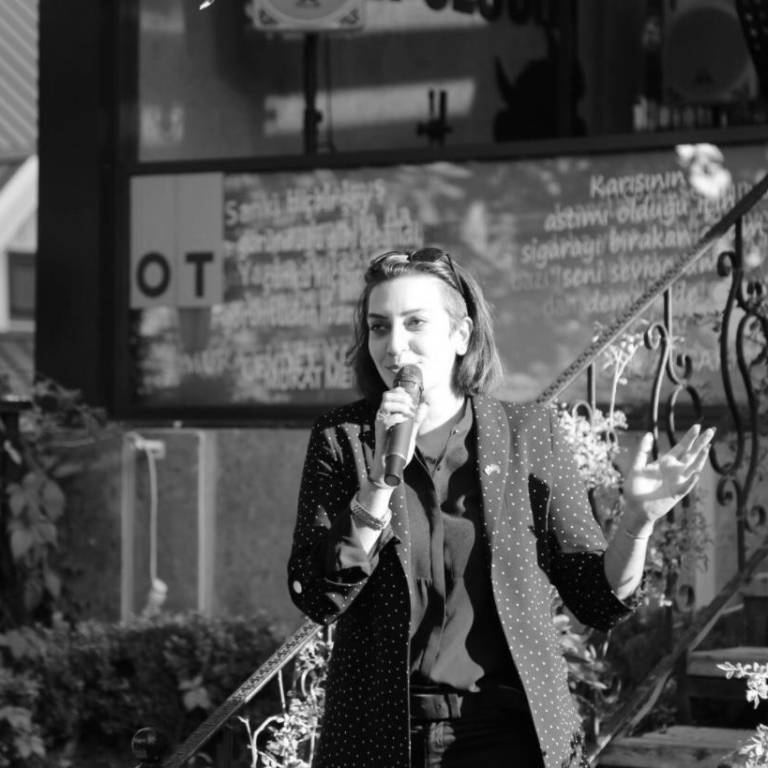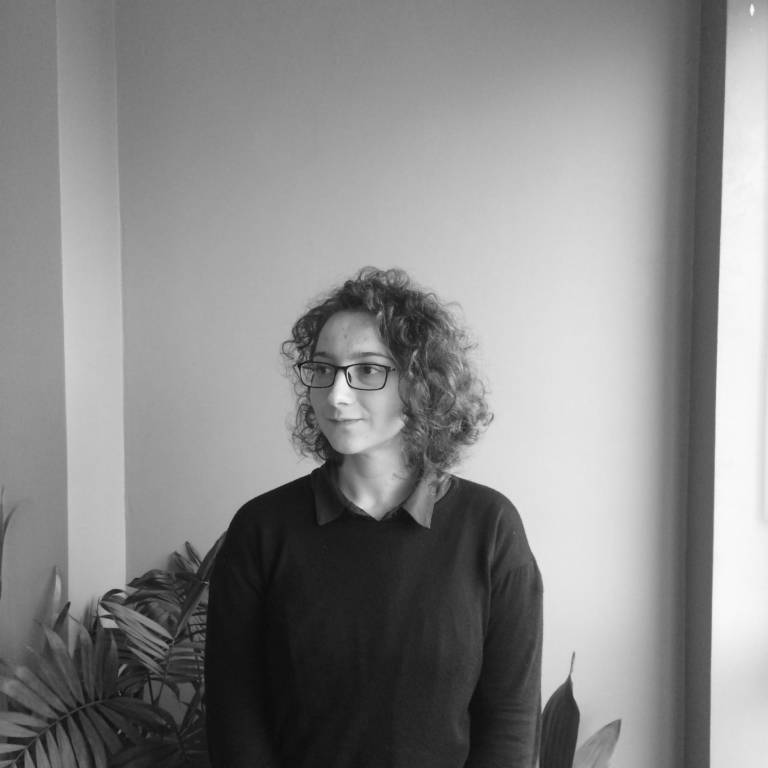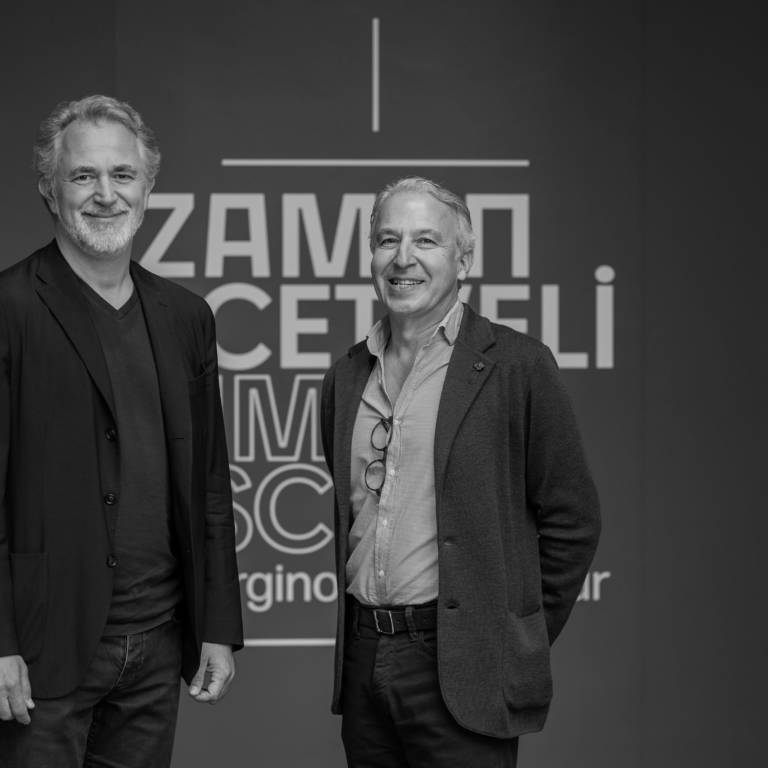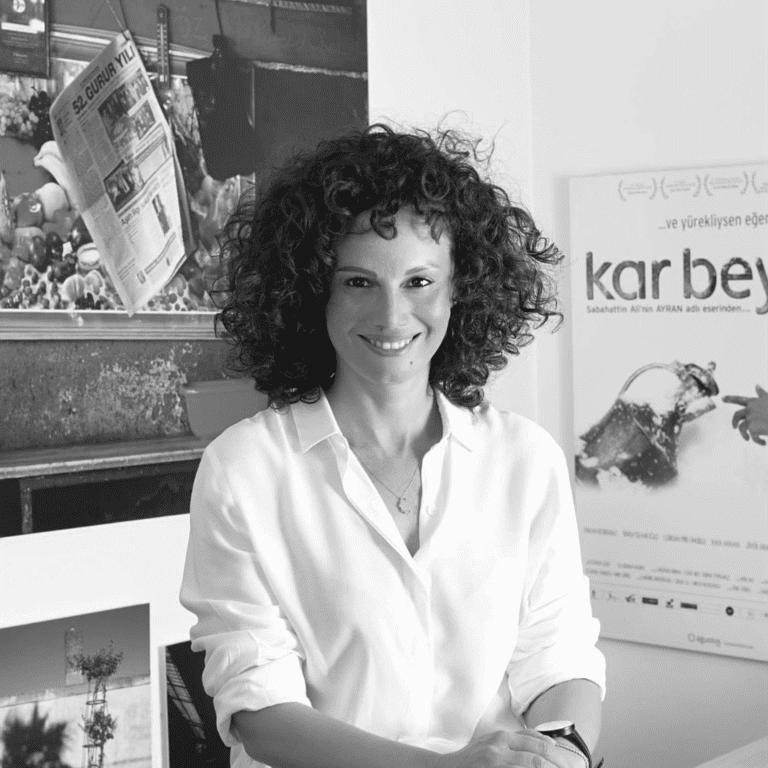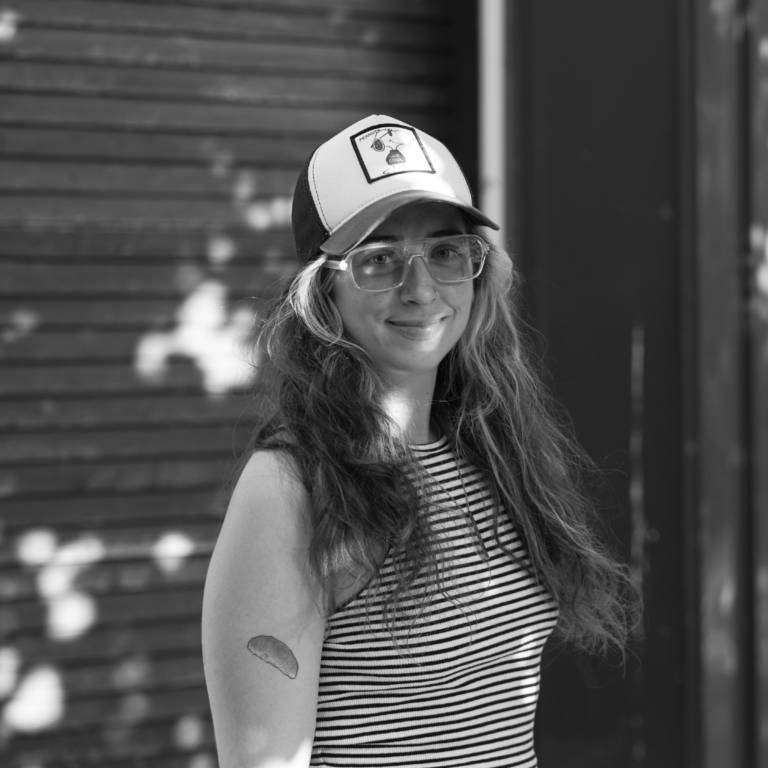ARCHIVE:
Ertuğ Uçar
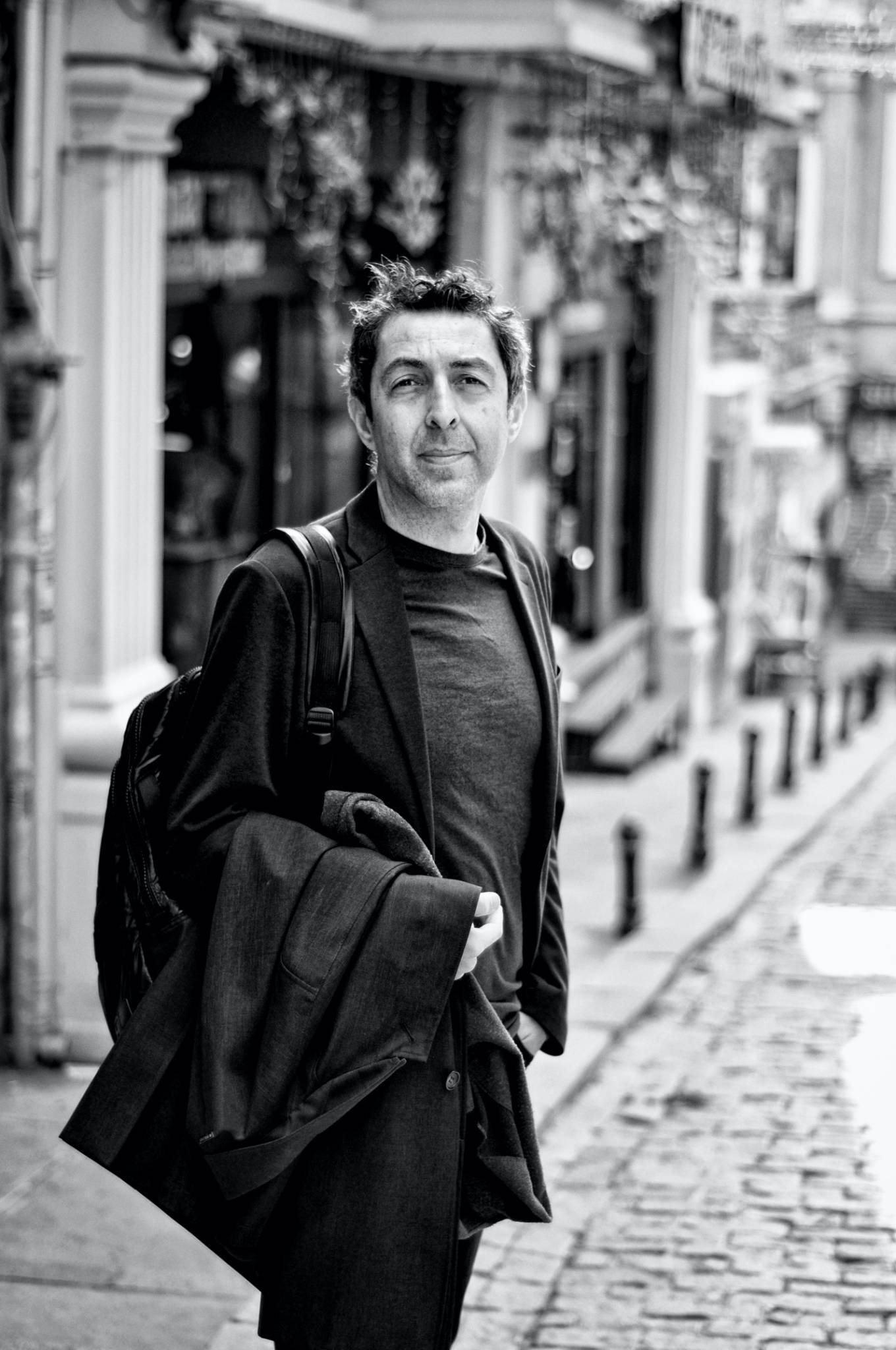
Architect, Writer, Illustrator
Ertuğ Uçar was born in Antalya in 1971. He spent his childhood in Antalya and his youth in Ankara. He received both his bachelor’s and master’s degrees from the Department of Architecture at Middle East Technical University. In his master’s thesis, Ertuğ Uçar attempted to bring together two subjects he was passionate about — writing and architecture — in a study titled Mekânın Sözel Temsili Üzerine Bir Eskiz (“A Sketch on the Verbal Representation of Space”). Since graduation, he has been practicing architecture. Continue his professional life as the partner of Teget Architecture Office. Some of Teget’s notable works include the Beşiktaş Naval Museum, the İşbank Art and Sculpture Museum, and the Yapı Kredi Culture and Arts Center.
He has published eight books to date: Ayrılığın Haritası (novel, The Map of Separation), Woolf’un İzinde (essay, In the Footsteps of Woolf), Gece Yolculuğu (short stories, Night Journey), Bir Çift Ayak (novel, A Pair of Feet), Dünyayı Seyretmek İçin Bir Yer (short stories, A Place to Watch the World), Ormanda Kaybolmak (short stories, Getting Lost in the Forest), Yalnızlığın 17 Türü (short stories, 17 Types of Loneliness), and Rüya Arızaları (short stories, Dream Failures). Ertuğ Uçar lives in Istanbul with his wife and two daughters. He loves sketching urban spaces — especially Istanbul — and is fond of cats, ferries, and winding streets.
Instagram: ertugxucar
City as Exhibition
“…no exhibition can be more weird, interesting and creative than Istanbul itself.”
İstanbul is the center of decisive protests in the country these days, when the unstable weather of spring closes and opens the sky. The arbitrary detention of Ekrem İmamoğlu, who was the mayor for two terms and was considered certain to be the next president, raised the society to its feet. Daily life, trade and universities, not only in Istanbul but also in the country, froze in the hazy shade of the unpredictable future. As of March 19, people of all ages, especially students, set off from various points of this megacity to fill the square in front of the modernist municipality building in the center of the historical peninsula. Thousands of protestors gathered between The City Hall, which was opened in 1970, the Byzantian Valens aqueduct built in the 4th BC and the 16th century Ottoman mosque of Şehzade Mehmet (1), stopped shouting and stay silent when the call to prayer began. Even this picture is enough to show how Turkey, and especially Istanbul, are stuck between the two while uniting east and west.
My book “İstanbulin” was published at the beginning of March just before the detentions that caused the protests were started. The book is an alternative guide claiming that one can only get to know a city by wandering on its streets, and tells the things about Istanbul with stories and sketches.
“It seems to me that no exhibition can be more weird, interesting and creative than Istanbul itself. With its unplastered facades without leaving a gap, the buildings, all of them with different heights and dilapidations climb the slope. They are so intertwined that no one can separate them into single homes again. No cadastre expert can determine which land in this neighborhood is whose, where the road is, who violated which border. Who uses whose wall, how do people find their doors, which terrace owned by whom, how do the cables not surprise where they will go? These questions are unanswered and meaningless. Because life continues on these slopes with all its energy.”
Sketch of Valens Aqueduct by Ertuğ Uçar. An image from protest in front of the aqueduct (Birgün).
While a story of the book tells the two thousand five hundred-year-old Valens aqueduct, which passes through an important valley of the historical peninsula as a sharp single line, the skecth accompanying the story depicts the grand silhouette of aqueduct surrounding the peaceful piazza-named Kadınlar Pazarı-Women’s Bazaar (2). The aqueduct of Valens is the last part of the long waterway built to bring water from the water basins in the north to the palace during the Byzantine and Ottoman periods. In the protests, the aqueduct was turned into a barrier to stop the protesters, far from its purpose. Armored vehicles that settled in the arches of the aqueduct used pressurized water and pepper spray. Security forces detained hundreds of young protesters in the third and fourth nights.
Sketches of Valens Aqueduct by Ertuğ Uçar.
As the fourth week of detentions ends, the society is preparing to announce a creative protest calendar in the city that will spread over the long term. Visiting the public projects carried out in the city by the unjustly detained administrators of the municipality; turning the concerts into protests; attending the meetings held in the structures belonging to Byzantine, Ottoman and minority cultures, restored by the imprisoned administrators, are a few of them (3). In short, leaving meeting rooms, houses, seats in front of the television and being on the street no matter what. Owning and protecting a city whose mayor and staff were arrested.
The Spring of 2025 has already been recorded in history, just like June 2013 (the days when the Gezi Park protests began) (4). No matter how long this lasts, it will happen what society, especially young people, want.
Notes
(1) İstanbul Municipality Building, arch. Nevzat Erol, national competition project, Dated to 1970
-Aqueduct started to be built in the era of Emperor Constantine and finished by Emperor Valens Dated to 4thcentury BC
-Ottoman mosque, designed and built by famous Ottoman architect Sinan, Dated to 16th century(2) Women’s Bazaar, a historical gastronomy piazza placed by the Valens Aqueduct surrounded by restaurants serving traditional meat cuisine.
(3) For a detailed list of projects:
https://kulturelmiras.ibb.istanbul/
https://dacistanbul.com/ibb-mirasin-hayata-gecirdigi-25-proje/(4) Gezi Park protests, which began in June 2013, marked a turning point in Turkey’s urban and political history, a civil movement sparked by the defense of public space that grew into a nationwide movement for rights and freedoms.
